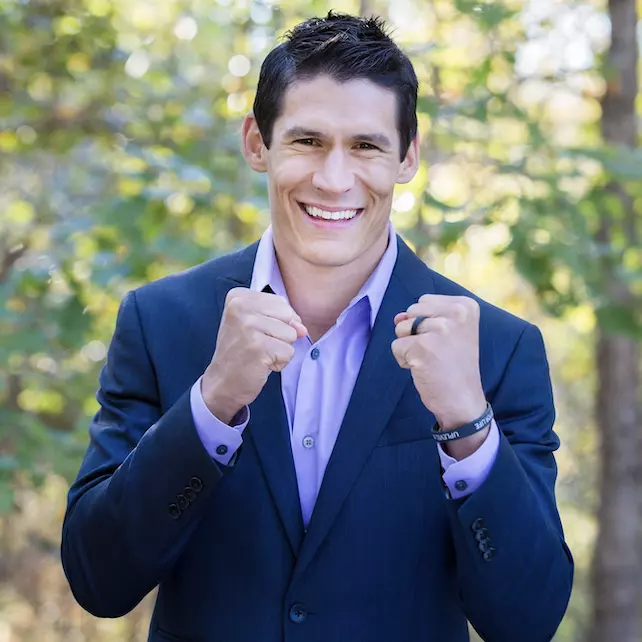
Sam Wegert is the creator of The Coliving Real Estate Challenge. “I saw my friends buy houses and then rent them,” he says, “and they’d make like $100 a month in cash flow. Maybe $200.”
“And that’s not bad because there’s tax advantages and they can leverage the mortgage and whatnot.”
“But Grant Cardone says 10x everything, right? So I said, how do I take $100 a month and turn it into $1,000? And that’s in essence what we’ve done through co-living.”
“We’ve taken a house that would normally cash flow $100 a month,” Sam continues, “and honestly, now with the prices of real estate, it might even negative cash flow, and we’re renting out the rooms. And now all of a sudden it’s cash flowing $1,000 to $3,000 a month. That’s per home.”
“If you look at the average American, they don’t need to own 100 of these homes to retire. They need to own like three.”
“So we’re buying single family homes, furnishing the common area, then renting out each individual bedroom.”
Sam’s reimagining what’s possible with traditional real estate investing. With his coliving model, the bedroom is the new apartment.
People in Europe have been living like this forever. But, outside of the occasional extended family, we don’t see it much here in the U.S.
And yet, Sam’s over there putting six, seven, eight strangers under one roof, collecting rent from every last one of ’em. As long as you can do it and it’s clean and it’s quiet and it’s safe, you’re actually solving a huge problem for a segment of the population.
A segment that needs affordable housing, right? Maybe they’re single, maybe they’re going through a transition period in life. Maybe they’re older and they’re on a fixed income. Or they’re a recent college grad who just moved to the area to start their new job. You get the idea.
Just ’cause it might sound like a nightmare to you and I doesn’t mean there aren’t millions of others out there who’re looking for a solution like this.
Coliving could easily allow someone to cut their living expenses in half, if not more.

Wait, is this even legal – jamming all these people into a home?
“I get asked that a lot,” Sam says. “They wanna know about the legitimacy of it, from a zoning standpoint. Or, how does the government look at this? And the truth is, every jurisdiction has different zoning laws. So you have to check with the town or county or whatever.”
“But I will say this. The largest company in this space doesn’t even own real estate. They’re called PadSplit and they’re in Atlanta. But they’re like the technology that allows you to list and book out your rooms.”
What about privacy and safety and how’s the kitchen situation work, right?
According to Sam, each bedroom gets its own keyless door lock, so nobody’s gotta worry about other housemates snooping through their stuff when they’re gone.
Then, in the kitchen, for example, everything’s labeled; everyone gets an equal amount of shelf and cupboard and pantry and fridge space, so it’s not as big of an issue as you’d think.
And then you have the common areas professionally cleaned twice a month.
“What ends up happening, is because we vet the tenants well,” Sam explains, “communities are built. Like, people end up enjoying who they live with. They end up going and hanging out outside of the house together. They have conversations.”
“We provide them personal education on budgeting and goal setting and then we reward them with gift cards for certain milestones.”
Join Sam’s next live and free five-day Coliving Real Estate Challenge if you’d like to learn more.
I’m guessing he’s got a course for sale at the end of it.